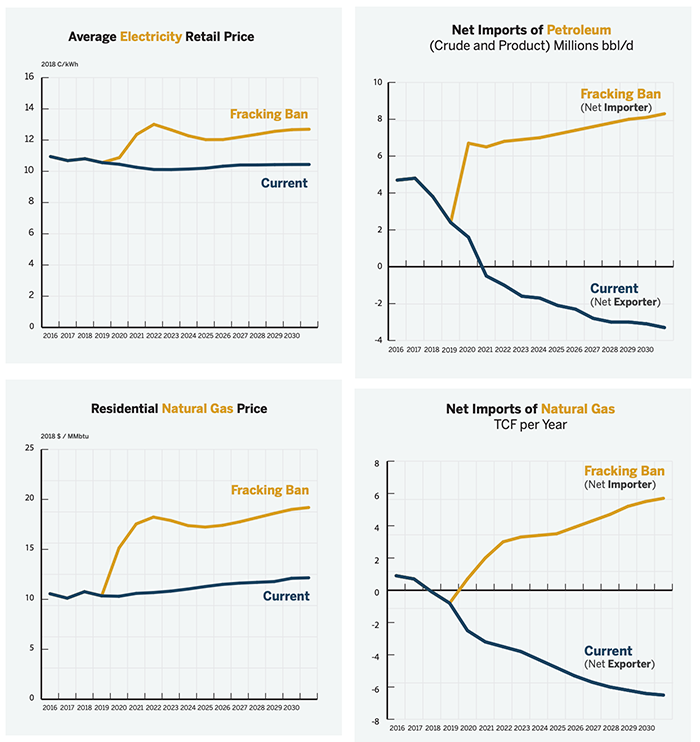According to Democratic Party presidential nominee Joe Biden’s Clean Energy Plan:
“Biden will also transform the energy sources that power the transportation sector, making it easier for mobility to be powered by electricity and clean fuels, including commuter trains, school and transit buses, ferries, and passenger vehicles.”
Many U.S. cities and states have experimented with electric (battery-powered) buses, including Los Angeles and San Francisco, California; Albuquerque, New Mexico; Columbus, Ohio; Virginia; the District of Columbia; and Chicago, Illinois. The cities all found them not ready to replace gasoline, diesel, and natural gas-powered buses because the electric buses take too long to charge and did not live up to their mileage specifications, particularly in cold or hot weather and in hilly terrain or even because of how the drivers braked. San Francisco worried that the buses might not hold up with a full passenger load, particularly on its hilly terrain. Albuquerque, New Mexico cancelled its contract over safety concerns with the vehicles’ batteries and chargers.
Most recently, the Massachusetts Bay Transportation Authority (MBTA) tested battery buses and found them not ready for prime time. The MBTA purchased five battery-power, 60-foot buses in 2019 and ran them over the past year. The vehicle manufacturer promised the buses would run 100 to 120 miles on a single charge, but the actual mileage ranged from 60 to 110 miles, with the lesser amounts coming on colder weather days. According to the Chief Engineer, “They don’t have enough battery power to deliver a full day’s service.” The buses would run out of power in the afternoon, and then it would take eight hours to recharge the batteries.
Further, the MBTA worried that the performance could actually be worse than the testing indicated because the past winter (2019) was so mild. The mileage dropped to 60 miles when the temperature was 20 degrees, but the mileage could drop even more with colder temperatures.
Despite lawmakers and transportation advocates pressing to convert to all-electric buses as quickly as possible, the MBTA found that the technology was not ready for a large procurement.
The vast majority (99 percent) of the world’s electric buses (425,000) are in China, where a national mandate promotes electric vehicles. China also nationally subsidizes its manufacturing of electric buses, and is shipping electric buses in mass to other countries, including the United States.
As mentioned above, some U.S. cities have bought a few electric buses and run limited pilots to test the concept in their areas. Despite California cities finding problems, the state has mandated that by 2029 all buses purchased by its mass transit agencies be zero-emission so that the state will have a total zero-emission fleet by 2040. There are just 650 electric buses in the United States currently, with over 200 of them in California.
Other Issues
Buying an electric bus is just the start because an entire electric bus system is needed. Charging stations are expensive—about $50,000 for a standard depot-based one. Longer bus routes would also need on-route charging stations, which could cost two or three times that amount not including construction costs or the cost of land. Charging infrastructure will cost a major city millions of dollars. An electric bus in the United States today costs around $750,000 compared to a diesel bus that sells for $550,000.
In most urban centers, bus depots are tightly packed to accommodate parking and fueling. The limited space would especially be a problem when transitioning between diesel and electric buses because two sets of fueling infrastructure would be required. Since charging buses can take 8 hours, more charging stations and space would be required than when compared to relatively brief fueling times for existing natural gas or diesel buses.
Companies must also get electricity to their charging stations, which involves grid upgrades, possible rewiring of systems and building new substations, and, determining cost-effective rates with utility companies. This is especially expensive in urban areas, given already-congested underground utility systems. One estimate is that it would take 150 megawatt-hours of electricity to keep a 300-bus depot charged throughout the day. A typical American household, by comparison, consumes 7 percent of that amount annually. Another comparison is that a single charge for a fleet of 100 battery electric buses—roughly one-tenth of MBTA’s current fleet size—would take 60 to 80 percent the amount of energy that AT&T Stadium does on a Dallas Cowboys game day.
Some transit agencies have run into high demand pricing from their local electric utility. In King County, Washington, for example, the county’s electric buses had a higher per-mile fuel costs than its diesel fleet due, in part, to high electricity demand charges. The Denver area’s transit agency worked out an agreement with Xcel Energy after similar problems with demand charges on one of its routes. Electricity is metered on volume as well as peak demand times, which can make the pricing of charging an electric bus more complicated than refueling a diesel one.
Conclusion
If the United States transitions to an all-electric fleet of buses, the country is likely to become reliant on China where the majority of manufacturing is taking place. The United States has transitioned from being dependent on foreign oil in the Middle East to achieving energy independence under President Donald Trump, but if Joseph Biden is elected, the United States will end up relying on China for its electric buses and the batteries that are needed to run them. Electric buses have performed much worse than advertised, leading many localities to begin questioning the switch.
*This article was adapted from content originally published by the Institute for Energy Research.
For more information on these issues check out AEA’s Vote Energy 2020 election hub.


